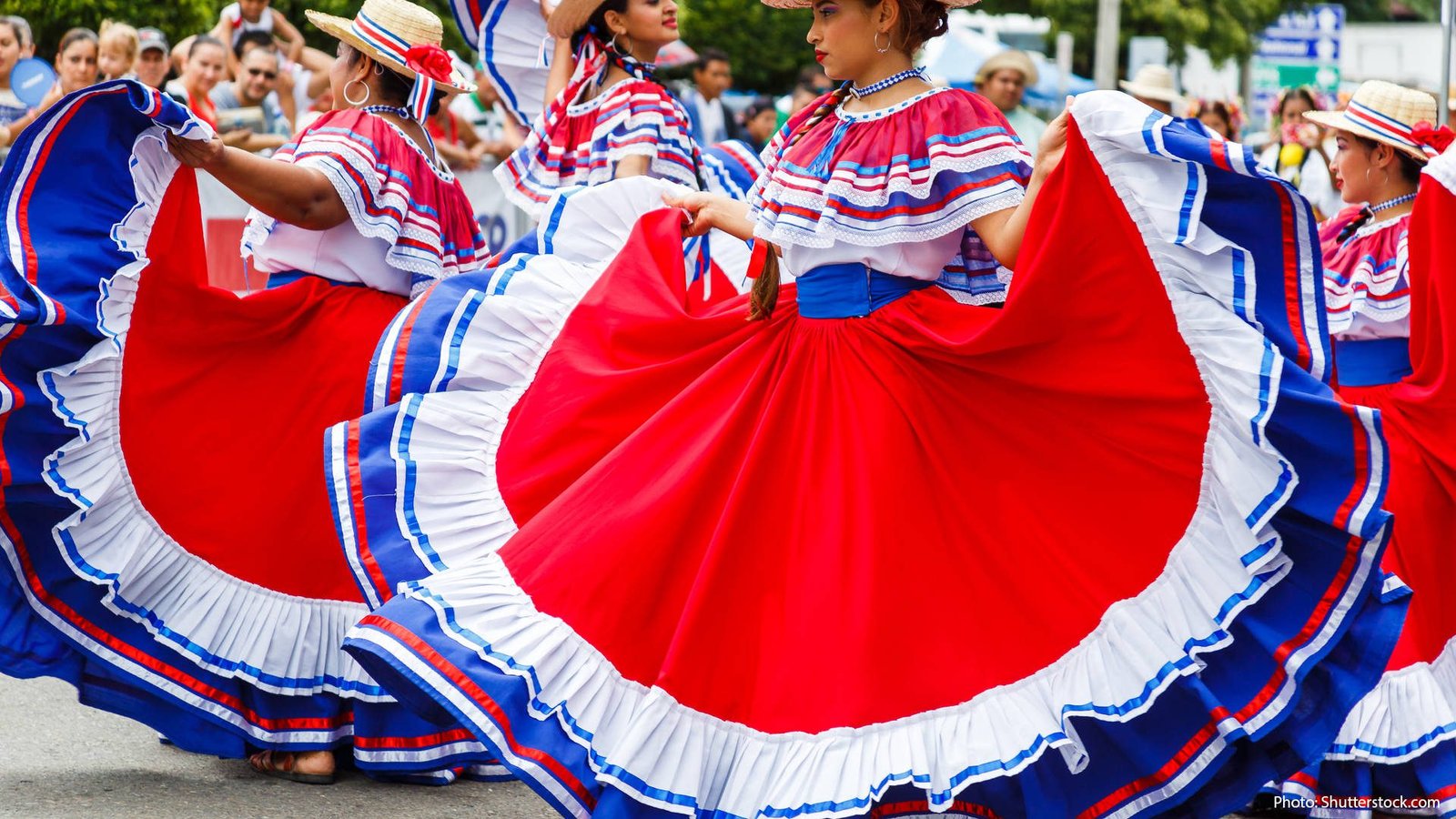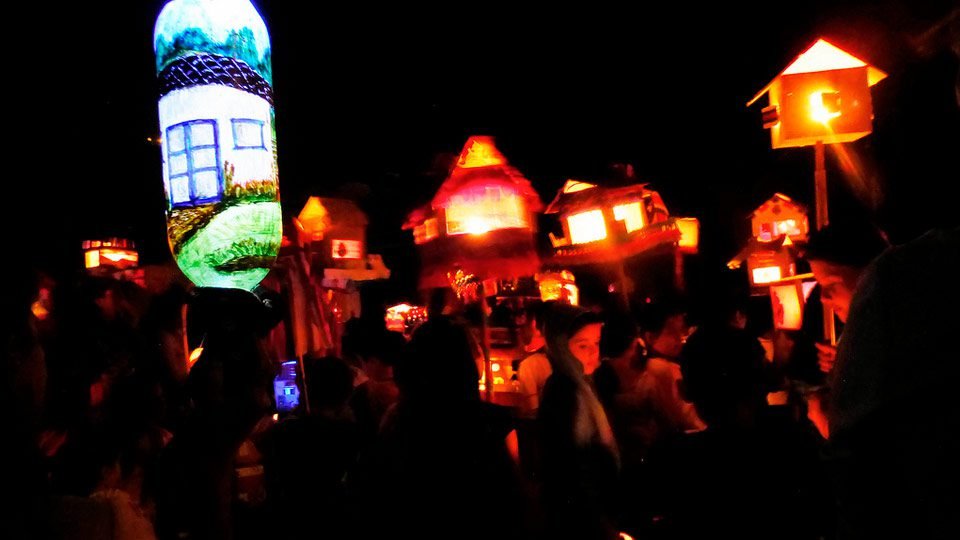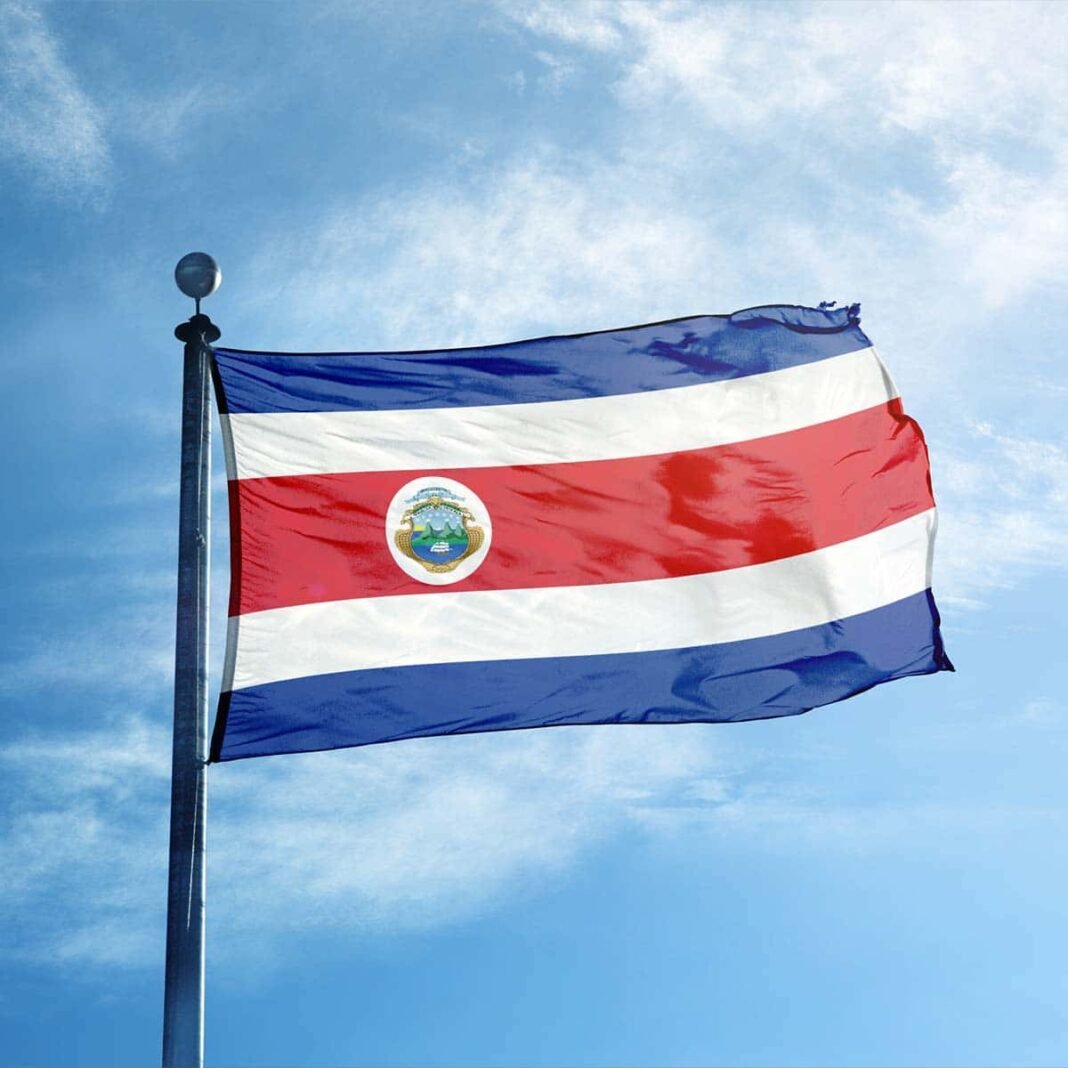Costa Rica, 15 September 2023 (TDI): On September 15, Costa Rica, along with its Central American counterparts El Salvador, Guatemala, Honduras, and Nicaragua, proudly commemorates 202 years of independence from Spanish rule.
To commemorate this historic event, Costa Rica established unique traditions. On the evening of September 14, the country’s president ignites a liberty torch in Cartago, the old capital.
On Independence Day itself, the present president of Costa Rica addresses schoolchildren, and various ceremonies and dances take place in San José, the modern capital.
A notable part of the celebration is the ‘Desfile de Faroles,’ where Costa Ricans take to the streets on September 14.

Every September 14th, towns and cities across Costa Rica celebrate the traditional lantern parade, organized by educational centers. This event promotes national pride within communities and fills students with joy as they showcase self-crafted lanterns.

The lantern parade tradition now coincides with the journey of the Central American Independence Torch, symbolizing the flame of freedom that made history in 1821, commemorating the independence of Central American countries from Spain.
This parade serves as a reminder of the events that unfolded in Guatemala on September 14 and 15, 1821, before the signing of the Act of Independence.
During this period, Costa Rica remained unaware of these events, and the absence of electric lighting necessitated torches and lamps to illuminate the streets.
In the early 19th century, Costa Rica, like other Central American regions, was part of the Captaincy General of Guatemala, linked to the Viceroyalty of New Spain. While some sought independence, others preferred the existing colonial structure.
To fully appreciate this celebration, it’s crucial to understand the context in which the Independence Act was signed in 1821.
Remarkably, María Dolores Antonia de San Mateo Bedoya de Molina, known as Dolores Bedoya, played a significant role in the fight for independence.
Also Read: Kyrgyz Republic celebrated 29th Independence Day
With her husband Pedro Molina Mazariegos, she rallied for independence, leading a torch-lit demonstration on September 14, 1821, in Guatemala City.
In Costa Rica, the tradition of the lantern parade began in 1953, following the Civil War of 1948, during a resurgence of national values.
Professor Víctor Manuel Ureña Arguedas (1912-1995) initiated the lantern parade in 1953, engaging teachers to host this event on September 14th. This parade quickly gained popularity, spreading to other communities and becoming a vibrant patriotic tradition.
In 2023, Costa Rica and its Central American neighbors mark 202 years of independence, making it an apt moment to honor and sustain this cherished tradition, fostering the national pride that defines being Costa Rican.
World Felicitates Costa Rica
On the occasion of Costa Rica’s Independence Day, the Ministry of Foreign Affairs of Pakistan extends its warmest congratulations to the people and government of Costa Rica.
Furthermore, Antony J. Blinken, the 71st U.S. Secretary of State extends his congratulations to Costa Rica on its 202nd Independence Day celebration.
The partnership between Costa Rica and the United States is built upon shared values, including democracy, economic prosperity, environmental conservation, human rights, and security.
Iffat Masood is Contributor and Content writer on THE DIPLOMATIC INSIGHT, and also Ambassador from IAMCR. She is perusing her PhD. from UAB Barcelona, Spain in Audio-Video Communications and Advertising.








